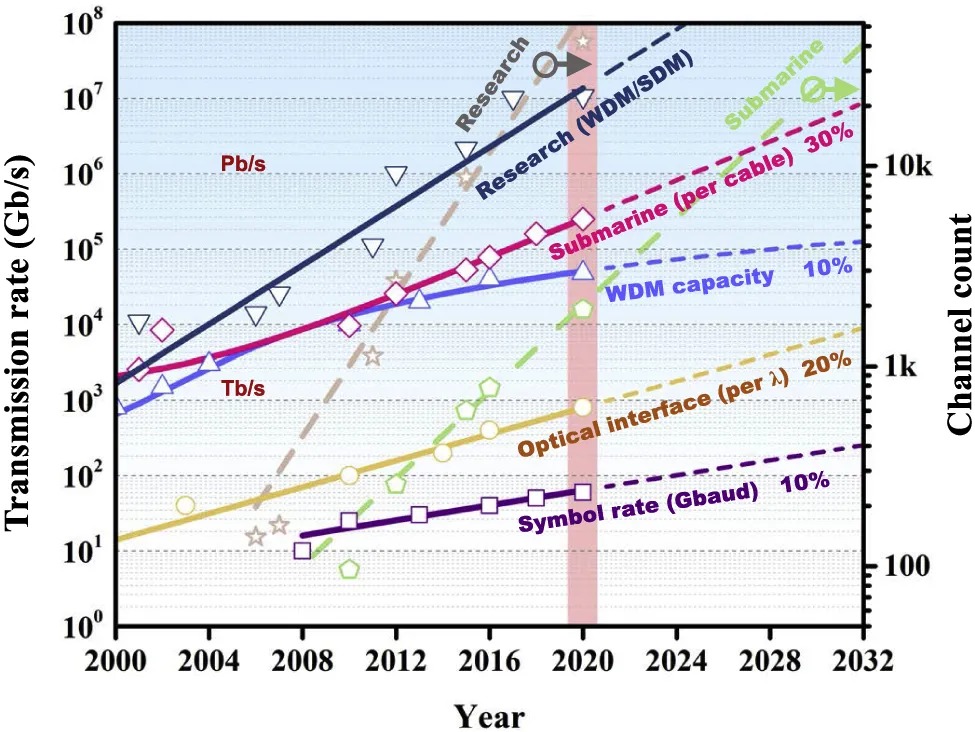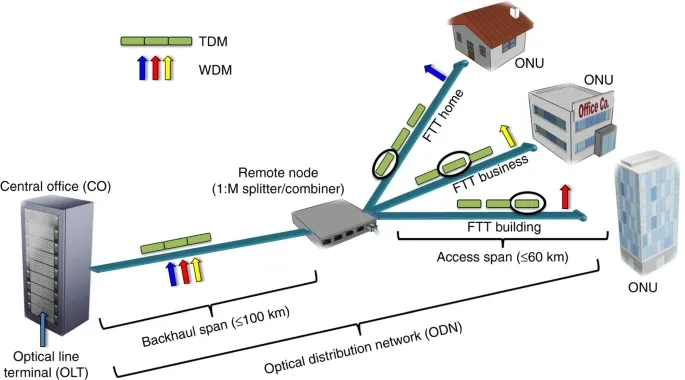Security and Reliability of Critical Infrastructure Fiber Optic Networks

Security and Reliability of Critical Infrastructure Fiber Optic Networks

Figure 1: Growing Asia-Pacific Fiber Optic Market
The normal functioning of a country needs the support of critical infrastructure, and we are not talking about physical infrastructure. Working together across sectors is required to keep the nation's engines running. Sectors dealing with critical infrastructure such as water systems, power grids and transportation networks are often vital cogs that require uninterrupted connectivity using fiber optic networks.
Why is Fiber Optic Considered an Excellent Choice for Critical Infrastructure?
To ensure the smooth operation of these critical infrastructures, seamless communication is the key to handling the vast amounts of data generated every day. Fiber has become the most reliable option for running critical infrastructure.
As critical infrastructure systems process large amounts of data using smart devices and modern system networks, faster communication networks such as 5G are required. And this advanced technology requires a robust 5G fiber optic backhaul network.
Security: A Key Concern for Critical Infrastructure Fiber
Hackers are on the rise, and they view critical infrastructure systems as gold mines of exploitable data.
Without a secure communications network, critical infrastructure systems could collapse if malicious actors gain access to vulnerabilities. Fiber optic networks are more secure than traditional communication technologies with the following key differences:
- Data transmission using light — Pulses of light carry data across fiber-optic networks, and they are harder to intercept than electrical signals carried by copper wires or wireless signals transmitted by satellites.
- Difficult to Tamper - Cable-based communication systems can be easily tampered with by simple splicing. Gaining access to the data traveling inside the fiber is more challenging, however, as the splicing process requires extraordinary expertise, further strengthening your data security.
- Ease of intrusion detection – Another excellent security feature of using 5G fiber backhaul networks is their ability to quickly identify damaged/tampered cables.
Why are fiber optic networks more reliable for critical infrastructure systems?

Figure 2: Optical fiber transmission capacity
Today's critical infrastructure systems require massive amounts of bandwidth to accommodate hundreds of gigabytes of data traffic and the proliferating number of devices on the network. To ensure uninterrupted connectivity and high data transfer speeds, building an efficient 5G fiber optic backhaul network is crucial.
The following are the main areas where fiber optics are highly reliable in critical infrastructure systems:
1. High data transmission capacity - single-mode and multi-mode optical fibers are extremely effective in transmitting massive amounts of data, from short-distance data transmission to several kilometers, with speeds up to 160Gbit/s.
2. Low latency - One of the most critical requirements for 5G networks is low latency. Previous generations of communication technologies simply could not handle large amounts of data and maintain their low latency levels. However, with networks built on fiber optics, latency levels have been greatly reduced to enable near real-time critical operations.
3. Lower attenuation - signal loss due to various factors is the most common problem faced by copper cable networks. Fiber optic networks, on the other hand, offer better performance with much lower attenuation levels.
Challenges of Maintaining Fiber Optic Network Security and Reliability

Figure 3: Overall schematic diagram of a typical optical access network
Although enterprises and critical infrastructure organizations are increasingly deploying fiber optics, several challenges have hindered the adoption of fiber optic networks.
cyber security
Despite the high level of security, fiber optics are still vulnerable. Therefore, sophisticated security measures such as encryption and intrusion detection systems are recommended to protect 5G fiber optic backhaul networks.
physical security
Vandalism and theft pose a significant risk to fiber optic networks. Such events can cause physical damage that disrupts the functionality of the network. Measures must be taken to prevent such incidents from happening.
What should we do in the future?
Considering the various prospects and challenges posed by fiber optic networks, it can be said that critical infrastructure systems seek the help of fiber optic market leaders to ensure that their 5G fiber optic backhaul networks are ready for the challenges and needs of the future.
common problem
1. Why do critical infrastructure systems need fiber optic connectivity?
Because systems such as modern education, healthcare, government operations, and power and water systems process large amounts of data, they require fiber optic networks to meet high computing demands.
2. How does the optical fiber network prevent external interference?
Fiber optic networks use pulses of light to transmit data inside glass fibers, shielding them from outside interference. Additionally, hacking into a network via spliced cables is extremely challenging.
3. What are the different challenges faced by fiber optic network deployment and maintenance?
Professional hacking incidents, physical events such as theft and vandalism, and natural disasters such as earthquakes and floods can hinder the adoption of fiber optic networks.